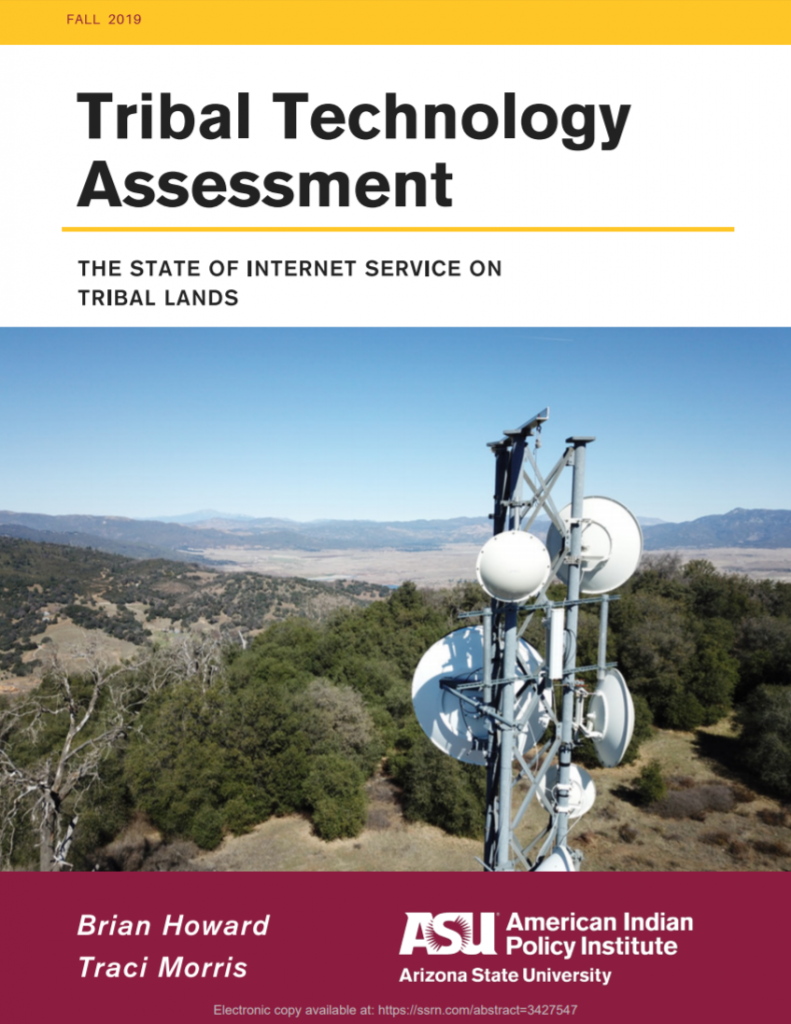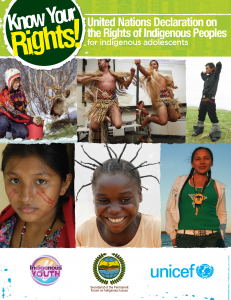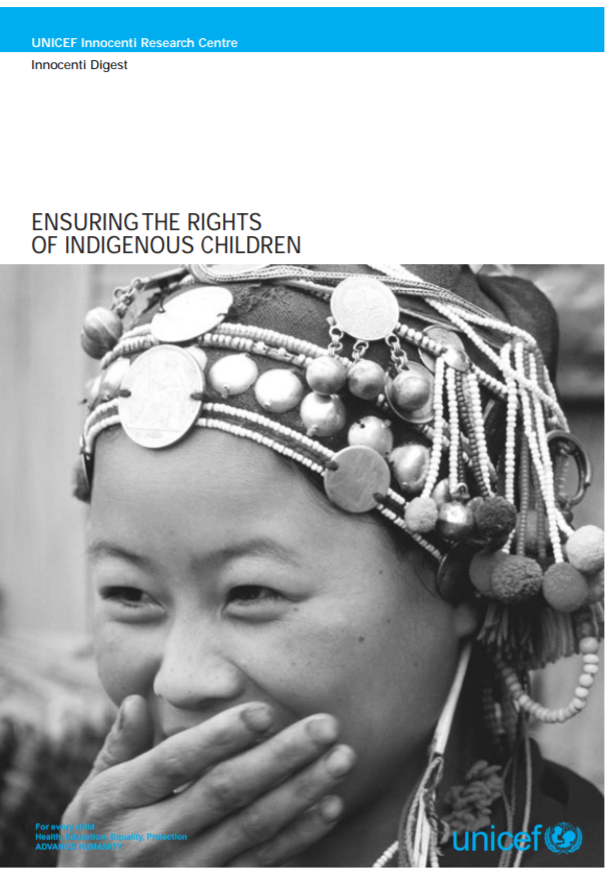“Indigenous sovereignty depends on the collective values of civic engagement, exercising the power of self-determination, and self-government as informed members of the global community.”
CEO of Native Public Media Loris Taylor, Statement to UNDRIP Conference
The intersection between communications, media, and technology and the powerful roles they play in the self-determination and self-governance of indigenous peoples cannot be overstated. When connected, indigenous peoples can use technology and media to benefit their individual standing, families, and communities.
Articles 3, 4, 5, 11, 13, 15, and 16 of the Declaration recognize indigenous peoples’ right to: self-determination, autonomy, and self-government, as well as the right to “maintain and strengthen distinct economic, social, and cultural institutions.” Importantly, the articles recognize the right to “establish media in [indigenous] languages and have access to all forms of non-indigenous media without discrimination.”
Resources:

Join Us At NCAI’s 80th Annual Convention and Marketplace For Our Breakout Sessions This November

Tribal Technology Assessment: The State of Internet Service on Tribal Lands


